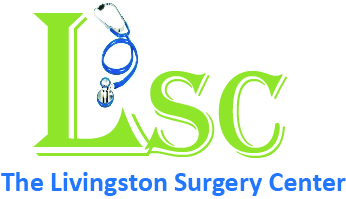Skin Flap
After having a procedure that leaves a large wound, a doctor may suggest placing a piece of skin taken from another site on your body (donor site) and placing it over the wound (recipient site) to promote successful healing. The piece of skin, along with accompanying fat, vessels and occasionally muscle, called a skin flap, retains its own blood supply through a major artery or vein at its base.
Skin flaps are similar to skin grafts, but grafts do not have their own blood supply and rely on the growth of new blood vessels. Skin flaps are more reliable than grafts because they have their own blood supply.
What to Expect
A skin flap procedure is usually performed under general anesthesia, meaning the patient will comfortably sleep through the procedure. The doctor will mark both the recipient site and the donor site with a marker before the procedure.
Once the anesthesia has set it, the doctor will use a tool to cut the donor skin flap, including accompanying fat, vessels and muscle. If the recipient site is close enough, the doctor will leave the main artery of the blood supply intact. If the recipient site is in an entirely different location, he will cut the main artery and graft it into the new location. The doctor will then place the flap over the recipient site where the original wound was, and use stitches to keep it in place. The donor site may also be closed using stitches. After surgery, the patient should wear a dressing for one to two weeks and avoid any exercises that may stretch the skin.
How to Prepare
Pre procedure use of medication should be discussed with your primary care physician prior to your scheduled procedure date. You may be asked to fast for several hours before the procedure and may need to stop taking certain medications, such as blood thinners, a few days before.
